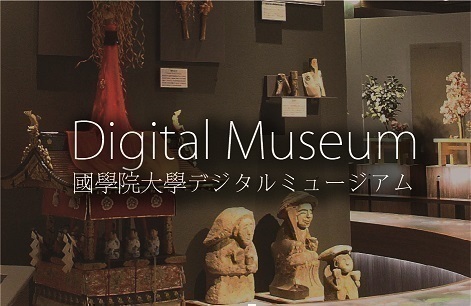- トップ
- Encyclopedia of Shinto
- Shikibushoku
Encyclopedia of Shinto
| Main Menu: | |
| Links: |
詳細表示 (Complete Article)
| カテゴリー1: | 3. Institutions and Administrative Practices |
|---|---|
| カテゴリー2: | The Emperor |
| Title | Shikibushoku |
| Text | (the Board of Ceremonies) The Board of Ceremonies was created and attached to the Kunaishō (Imperial Household Ministry) in 1884, replacing the original Board of Ceremonies. The original Board was established in 1871 and was responsible for rites and rituals held in the Imperial Palace, supervising audiences of foreign dignitaries, managing internal bureaucratic documents, and presiding over gagaku performances. The new Board of Ceremonies was responsible for ceremonies and rites, international relations (ceremonial rites for friendly nations, audiences of foreign dignitaries, and commemorative rites for deceased foreign dignitaries), translation work, gagaku, and imperial hunting outings. However, the Shōtenbu (Office of Ceremonies) was renamed the Shōten and split off from the Board of Ceremonies in 1939. The Shikibushoku was renamed the Shikiburyō in 1946. However, with the establishment of the Kunaichō in 1949, it reverted to its previous title. Under the current system, the Shikubushoku is run by the chief of ceremonies (a position often held by former foreign diplomats) and two vice chiefs (one responsible for rites and rituals and the other for foreign dignitaries). The vice chief in charge of rites and rituals is also responsible for gagaku and Western-style musical performances and imperial duck hunts. The other vice chief is responsible for relations with foreign dignitaries, translation work, and interpretation. — Ōhara Yasuo |




